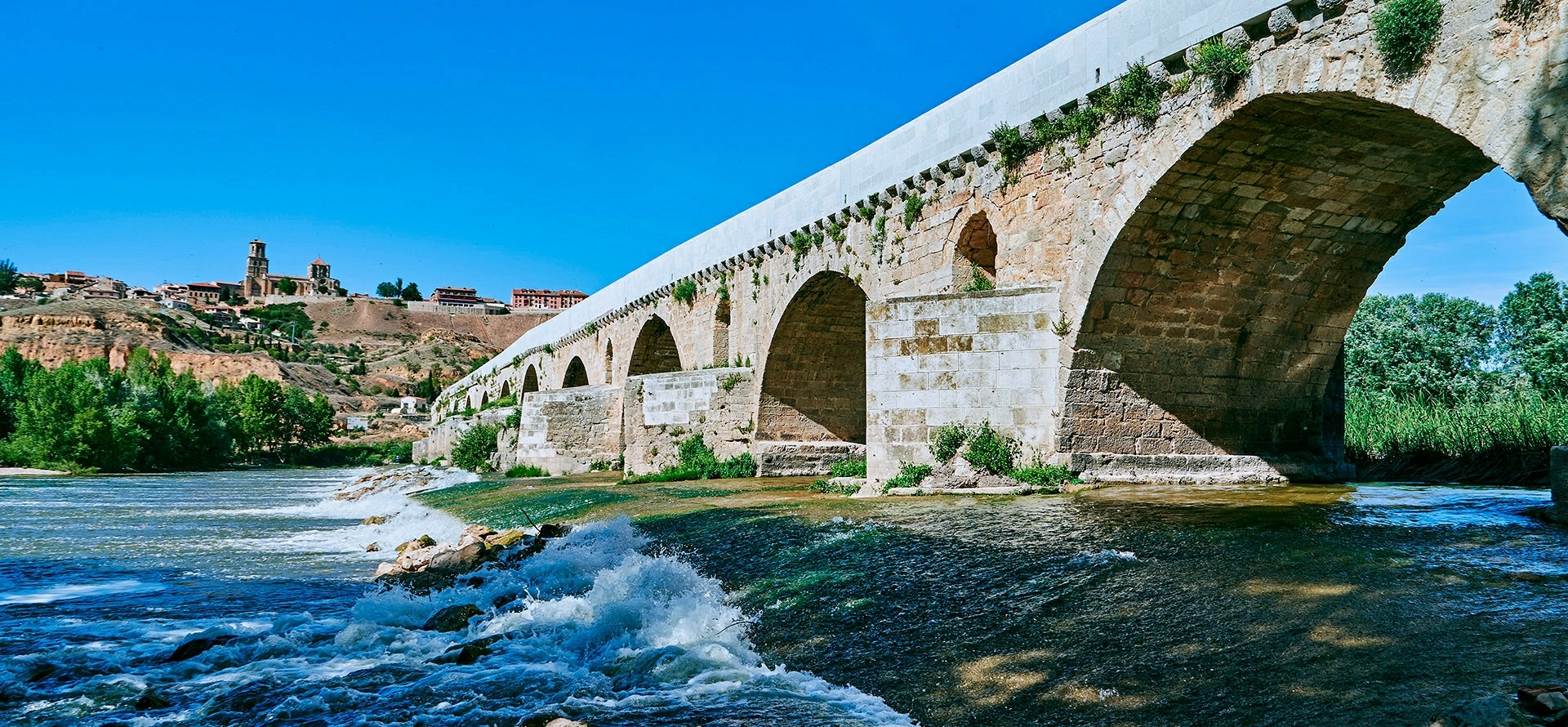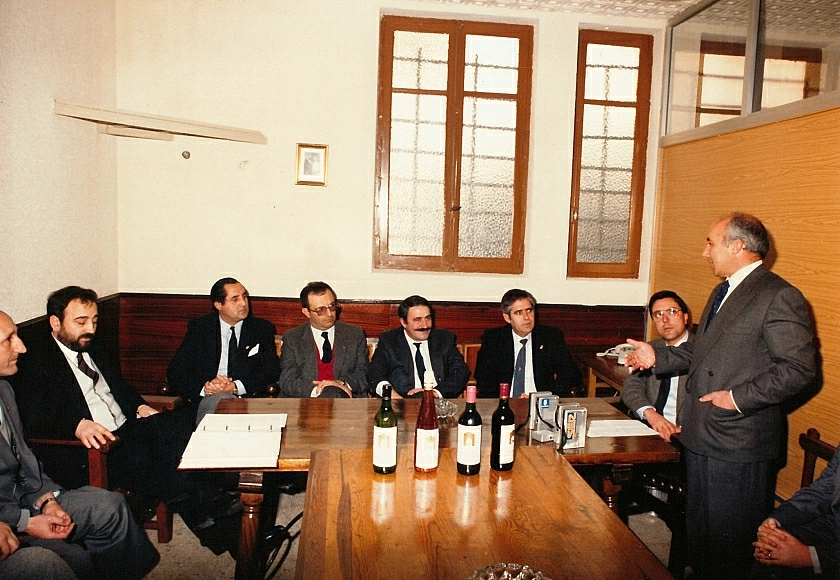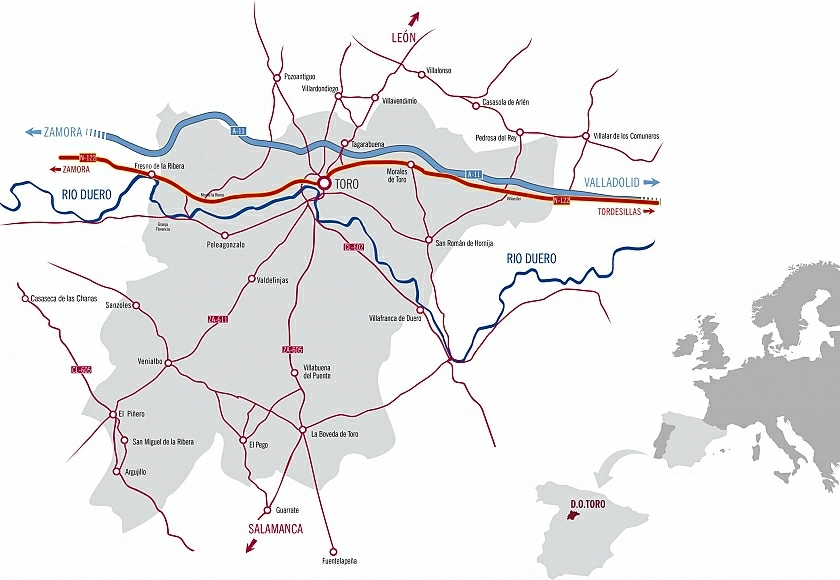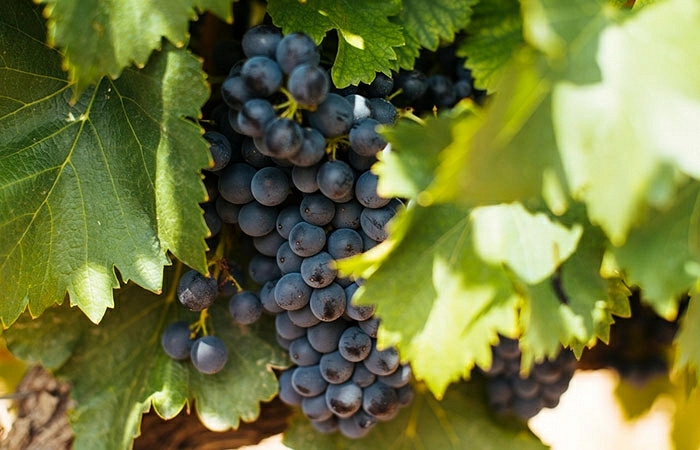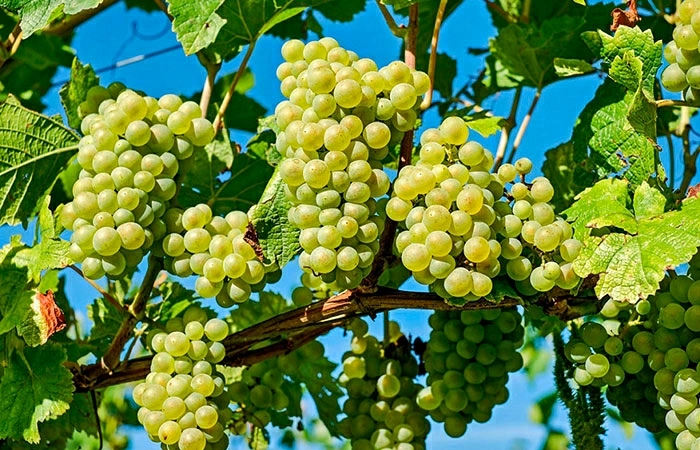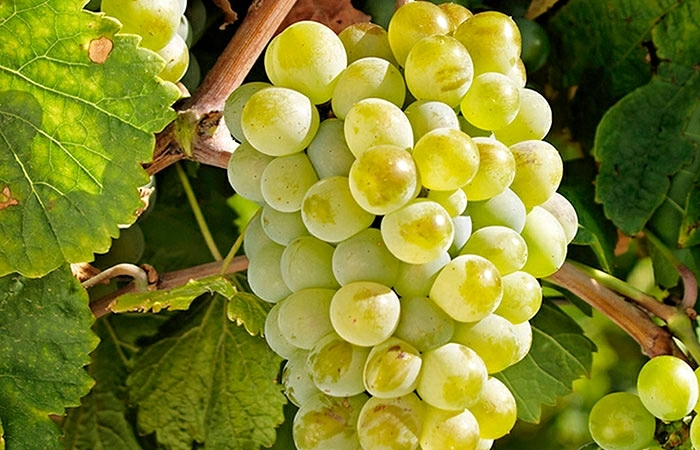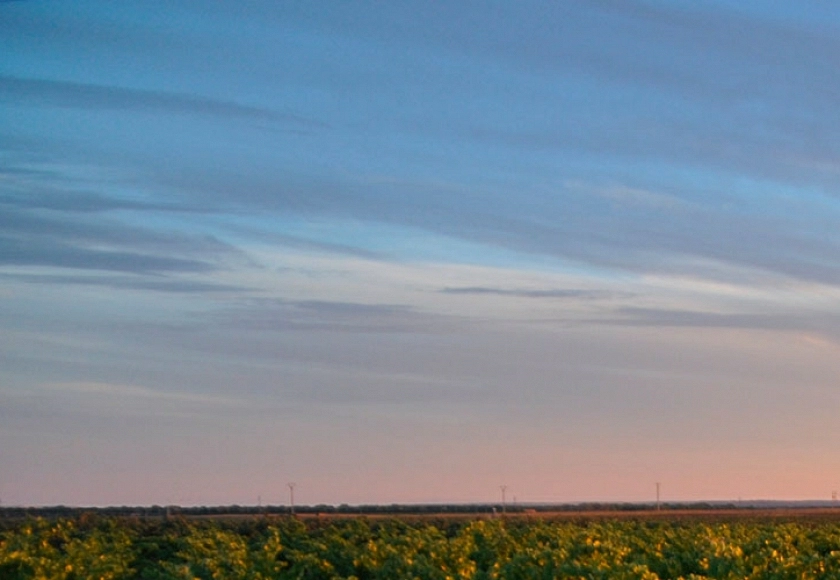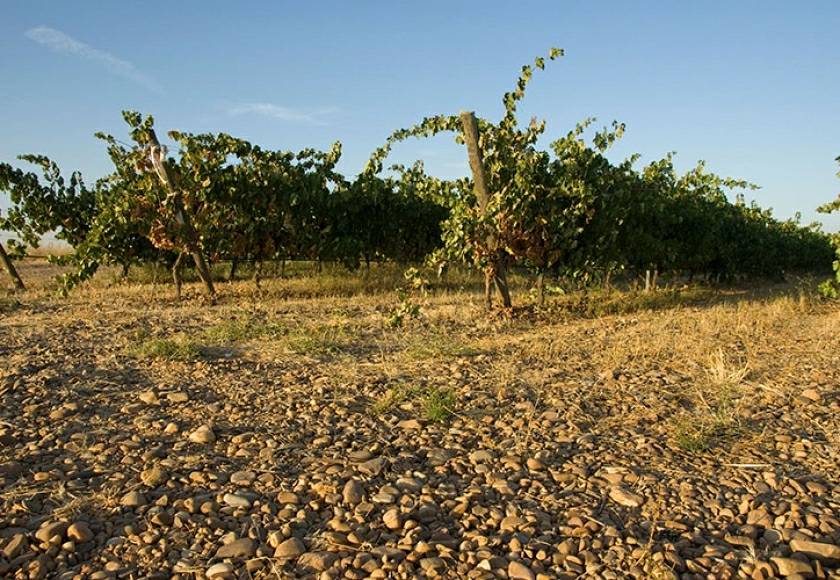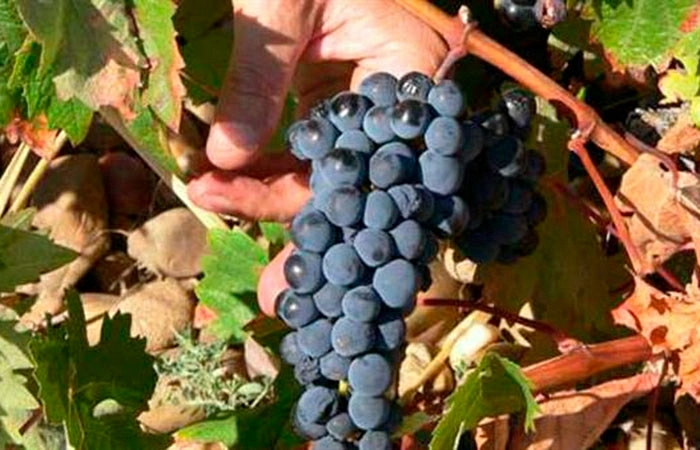
Red Varietie
Tinta de Toro
The region’s star grape. Some studies consider it to be part of the Spanish variety “Tempranillo”, whose adaptation to the area’s soil and climate over the centuries means it can be considered to be a native grape, with its own properties. This variety occupies the largest part of the 8,000 hectares dedicated to the Toro Denomination of Origin. Its thick skin, where all of the tannins, colour and aromatic components are found, favours wines that are concentrated and rich in aromas. The Tinta de Toro is used to make reds and rosés. The rosés are fruity and flavoursome. The reds are powerful and have a distinct structure that makes them very good for ageing in wood, and gives them extraordinary longevity.
